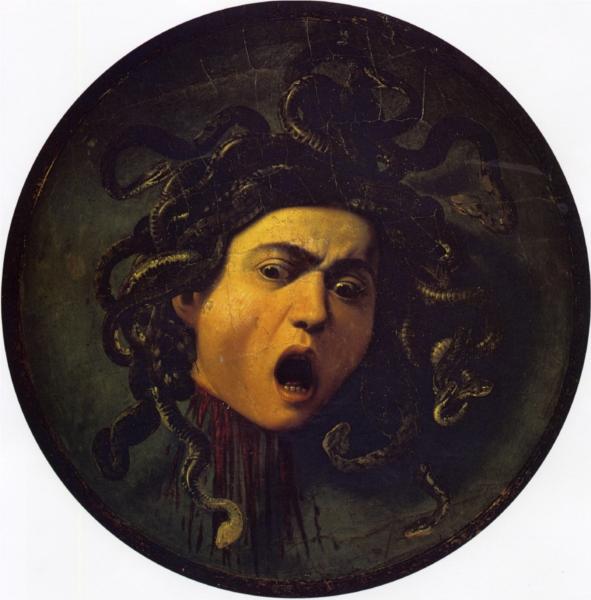
Hopelessness is a dark view of the future, in which there is no escape from unhappiness and suffering.
Real
True Narratives
The painter Caravaggio expressed a view of hopelessness in his art, which apparently reflected his life.- Andrew Graham-Dixon, Caravaggio: A Life Sacred and Profane (W.W. Norton & Company, 2011).
- Helen Langdon, Caravaggio: A Life (Farrar, Straus & Giroux, 1999).
- Desmond Seward, Caravaggio: A Passionate Life (William Morrow, 1998).
Technical and Analytical Readings
Photographs
Documentary and Educational Films
Imaginary
Fictional Narratives
Poetry
Music: Composers, artists, and major works
Music: songs and other short pieces
Visual Arts
Paintings by Caravaggio:- Saint Francis in Prayer (c. 1610)
- Saint Jerome Writing (1607)
- Saint Francis in Meditation (c. 1606)
- The Death of the Virgin (1601-03)
- Boy Bitten by a Lizard (c. 1596)
- Musicians (c. 1595)
- Young Sick Bacchus (c. 1593)